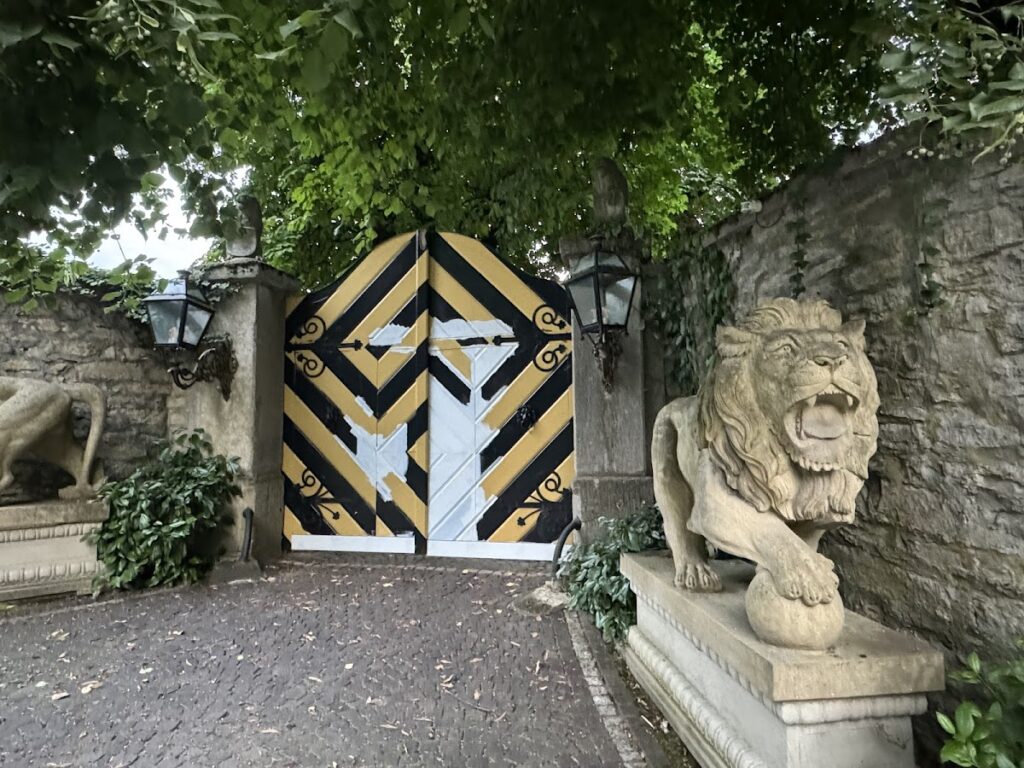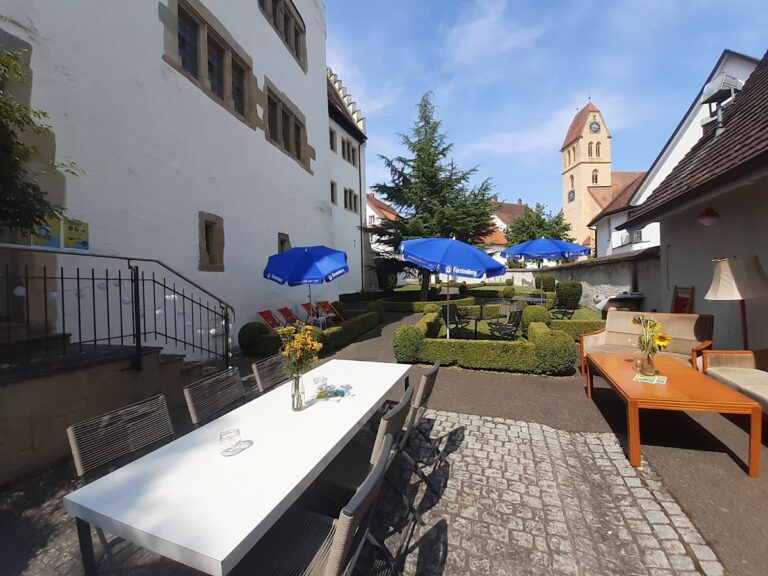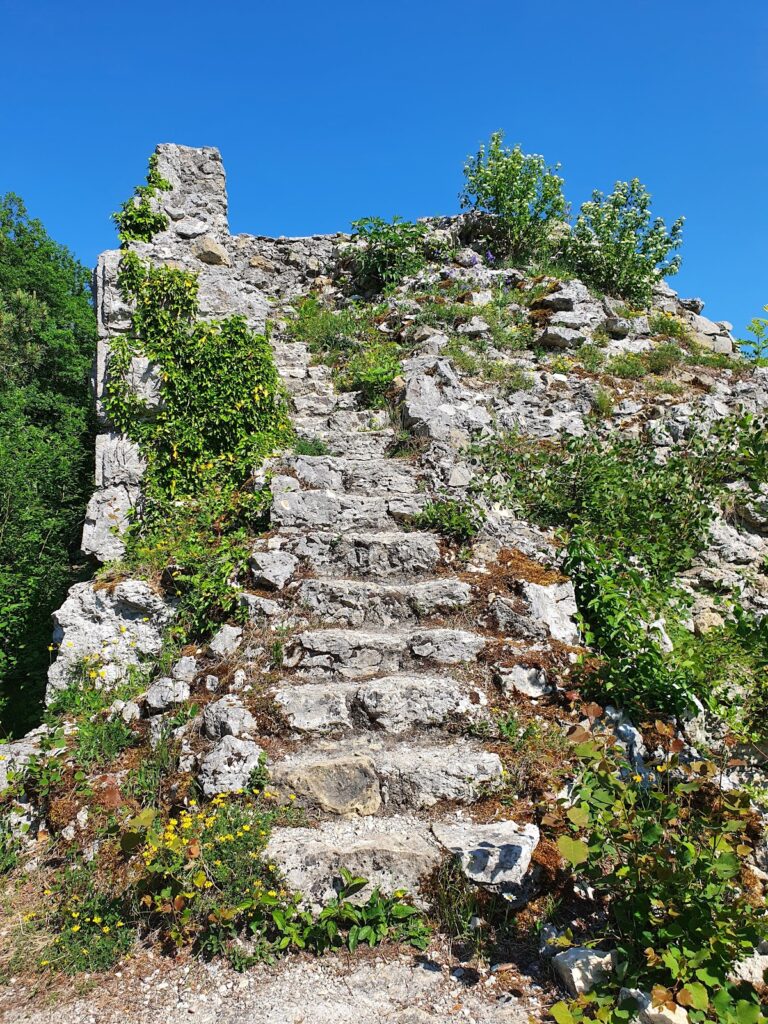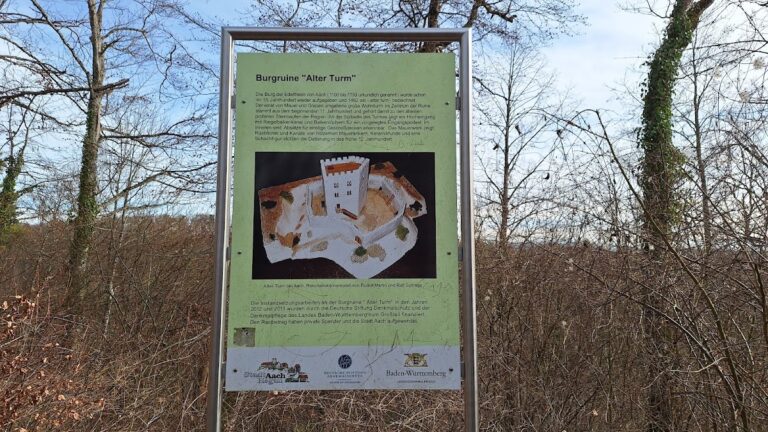Herblingen Castle: A Medieval and Baroque Landmark in Switzerland
Visitor Information
Google Rating: 4.3
Popularity: Very Low
Google Maps: View on Google Maps
Country: Switzerland
Civilization: Unclassified
Remains: Military
History
Herblingen Castle is located in the municipality of Stetten in Switzerland. It was constructed during the medieval period by the Lords of Herblingen, a noble family first appearing in historical records in 1181. Although local tradition suggests that Pope Leo IX consecrated the castle chapel around the mid-11th century, this claim lacks historical confirmation and is considered a legend rather than fact.
The castle’s early documented history begins in the late 13th century when Konrad von Herblingen undertook the rebuilding of the castle chapel. This work was formally recognized with a consecration conducted by Bishop Albert on behalf of the Bishop of Constance in 1281. Moving into the 14th century, the castle changed hands from the founding family to the Dukes of Austria. The Austrians managed the property by appointing stewards and, at times, pledged the castle as a form of security to the Diessenhofen-based Truchsess family in the years 1323 and 1344.
Ownership shifted notably in the late 15th and early 16th centuries. In 1469, Adam Cron, a notable citizen of Schaffhausen, acquired the castle. During the 1500s, several changes in proprietors took place, including ownership by Hans Löw in 1502, Beringer von Landenberg in 1507, and finally, the city of Schaffhausen in 1534. That same year, the city passed the property to the Brümsi family. Despite the widespread religious reforms of the Reformation era, Catholic worship persisted in the castle chapel, highlighting its continued spiritual role.
From 1566 until 1733, the castle served as the administrative center for the Obervogtei Reiat under the control of Schaffhausen. A significant transformation occurred in 1733 when Johann Wilhelm Gestefeld, a banker from Vienna, acquired the castle. Gestefeld remodeled the property extensively, removing its medieval defensive structures such as walls, a drawbridge, and moats, converting the fortress into a more elegant palace complex. After his financial downfall in 1779, the castle passed into the hands of the von Meyenburg family until 1833. Over the subsequent decades, it experienced a range of owners, more than twenty in number, and adapted to various uses.
In the 20th century, the castle became known regionally for hosting a restaurant and an antique shop, activities that ended following another change in ownership. Artworks from the castle were publicly sold at Christie’s auction house in 1998. Since 2000, the property has been privately held by the Günthart brothers, serving as both a corporate site and private residence. Notably, while physically situated in Stetten, the castle gave its name to the former small municipality of Herblingen, which was incorporated into the city of Schaffhausen in 1964.
Remains
The castle complex of Herblingen preserves elements that chronicle its medieval origins and later transformation. The centerpiece of the original construction is the bergfried, a tall defensive tower dating back to the early 13th century. This structure was built using sturdy masonry techniques characteristic of medieval fortifications and served as both a lookout and a stronghold. Its preservation offers a direct link to the castle’s initial defensive purpose.
Until the mid-18th century, Herblingen Castle maintained the appearance of a fortified stronghold, complete with protective walls, a drawbridge, and moats. These elements were integral to its defensive strategy, controlling access and deterring attackers. However, in 1733, Johann Wilhelm Gestefeld’s extensive renovations removed these medieval defensive features. The walls surrounding the castle were dismantled, the drawbridge eliminated, and moats filled in, substantially altering the site’s silhouette and defensive capacity. The manor house was also modified during this period, acquiring a refined architectural style more typical of a noble residence or palace rather than a military fortress.
Today, the castle and the surrounding gardens remain under private ownership and are not accessible to the public. Despite these changes, the site’s historical importance is formally recognized in Switzerland, where it is listed as a cultural property of national importance. The surviving bergfried and the palatial manor house stand as tangible records of Herblingen Castle’s evolution from a medieval fortification to an 18th-century residence.







